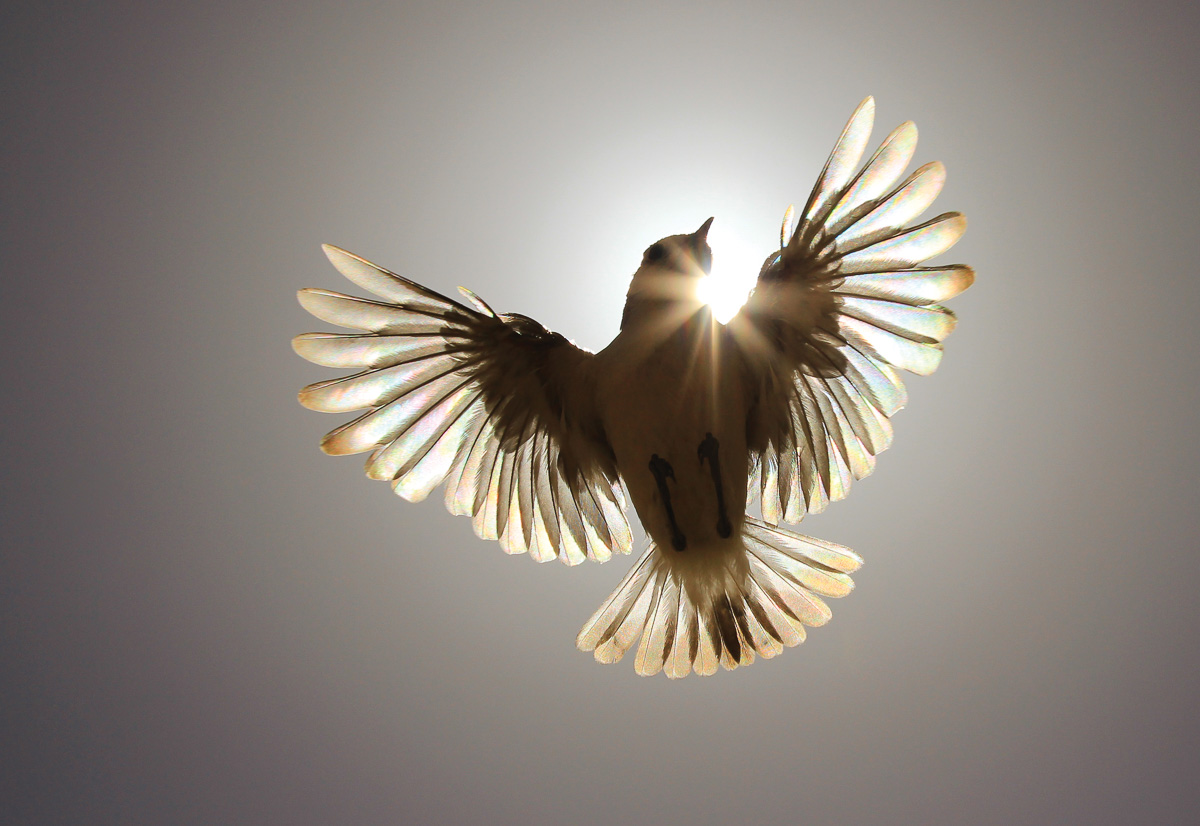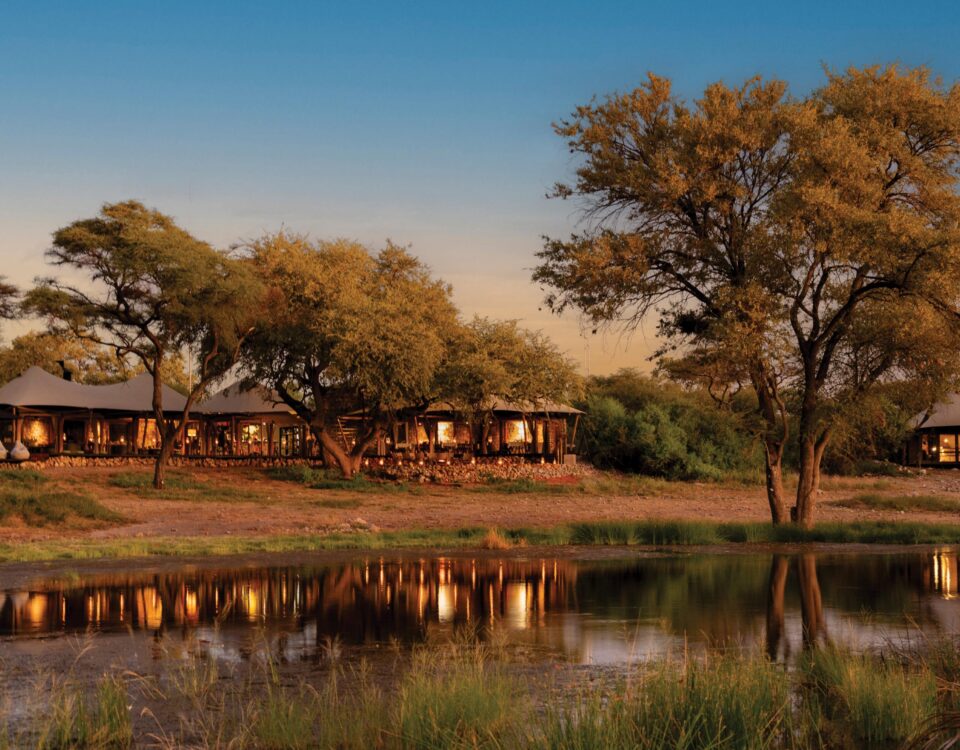
Bonsai Bistro: The Healthy Alternative
January 14, 2020
PHOTOGRAPHER: CHANTELLE BOSCH
January 15, 2020[vc_row][vc_column][vc_column_text]
Biltong, snacks, binoculars, field guides… and don’t forget the kids. Finding something for young and old to enjoy is not always easy, but the wonders of Etosha National Park and its wildlife have always been an experience that can be shared across all ages.
When choosing family accommodation inside the park it is important to take the age of the children into consideration and what they will enjoy the most. The main camps of Okaukuejo, Halali and Namutoni are popular with family groups. Each camp has a swimming pool where the kids can keep themselves busy splashing around for hours, especially on hot days. The casual atmosphere and ample space of these camps make them more kid-friendly than Dolomite or Onkoshi Resorts. Olifantsrus is smaller than the other camps and caters exclusively for campers, but the hide at the waterhole allows you to get incredibly close to the animals. To see elephants and other game drink water almost within touching distance will fascinate any child (and adult.) Olifantsrus does not have a swimming pool or restaurant, only a shop with basic snack options such as sandwiches.
Booking well in advance is important as accommodation is limited and fills up quickly.
[/vc_column_text][/vc_column][/vc_row][vc_row][vc_column width=”1/3″][vc_single_image image=”61923″ img_size=”full”][/vc_column][vc_column width=”1/3″][vc_single_image image=”61922″ img_size=”full”][/vc_column][vc_column width=”1/3″][vc_single_image image=”61921″ img_size=”full”][/vc_column][/vc_row][vc_row][vc_column][vc_column_text]
TIPS FOR VISITING ETOSHA WITH CHILDREN
Etosha is family-friendly but the first visit with younger children can still seem daunting. A little planning therefore goes a long way.
Maps of Etosha are available for sale at the kiosks of each camp. Not only are these maps useful when planning game drives, but you can also show your children where you are going and give them a better understanding of the layout of the park. Older children can also follow the map and read the distances for themselves as you drive.
Take field guides on birds and mammals along for your children to look up the animals they see. Field guides will also help you to explain the various animals’ characteristics and behaviour. Create a game around spotting animals: prepare checklists on which the children can tick off the different animals they see.
Buy inexpensive binoculars or take along a discarded pair and show the young ones how to use it properly so that they are kept busy viewing the game for themselves. It will also keep them from asking for yours each time they spot something.
Pack snacks for your excursion. Nibbling on something will keep the children happy as well as occupied while spending time at waterholes. It is a good idea to pack your snacks into reusable containers so that you don’t disturb the peacefulness at waterholes with the rustling of wrappers and other packaging.
Take toys and books along for the journey. As interesting it is for adults to spend hours watching the interaction of different species around the waterhole, children get bored easily and happily turn their attention to something to keep them busy.
Most importantly: plan shorter trips rather than staying out on a game drive for the entire day. Early mornings and late afternoons are best for game sightings and taking photographs, and temperatures are more pleasant. Spend the hottest part of the day in camp and let the children discharge their pent-up energy in the pool.
Enjoy every second of this wildlife wonderland with the kiddos! It is an experience that will remain with them forever.
[/vc_column_text][/vc_column][/vc_row][vc_row][vc_column width=”1/4″][vc_single_image image=”32913″ img_size=”full”][/vc_column][vc_column width=”3/4″][vc_column_text]
Tel: +264 61 285 7200 | www.nwr.com.na
This article was first published in the Summer 2019/20 issue of Travel News Namibia.[/vc_column_text][/vc_column][/vc_row]


